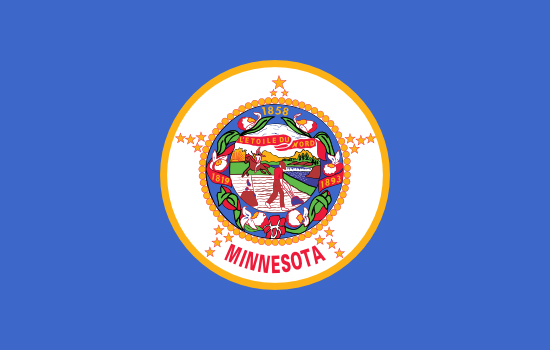
Kellogg
- County:
- Wabasha County
- County Seat:
- No
- Area (mi²):
- 0.31
- State:
- Minnesota
Kellogg is a city located in Wabasha County, Minnesota. Kellogg has a 2025 population of 426 . Kellogg is currently declining at a rate of -0.93% annually but its population has increased by 1.67% since the most recent census, which recorded a population of 419 in 2020.
The median household income in Kellogg is $68,438 with a poverty rate of 5.95%. The median age in Kellogg is 50.3 years: 52.2 years for males, and 49.5 years for females. For every 100 females there are 81.7 males.